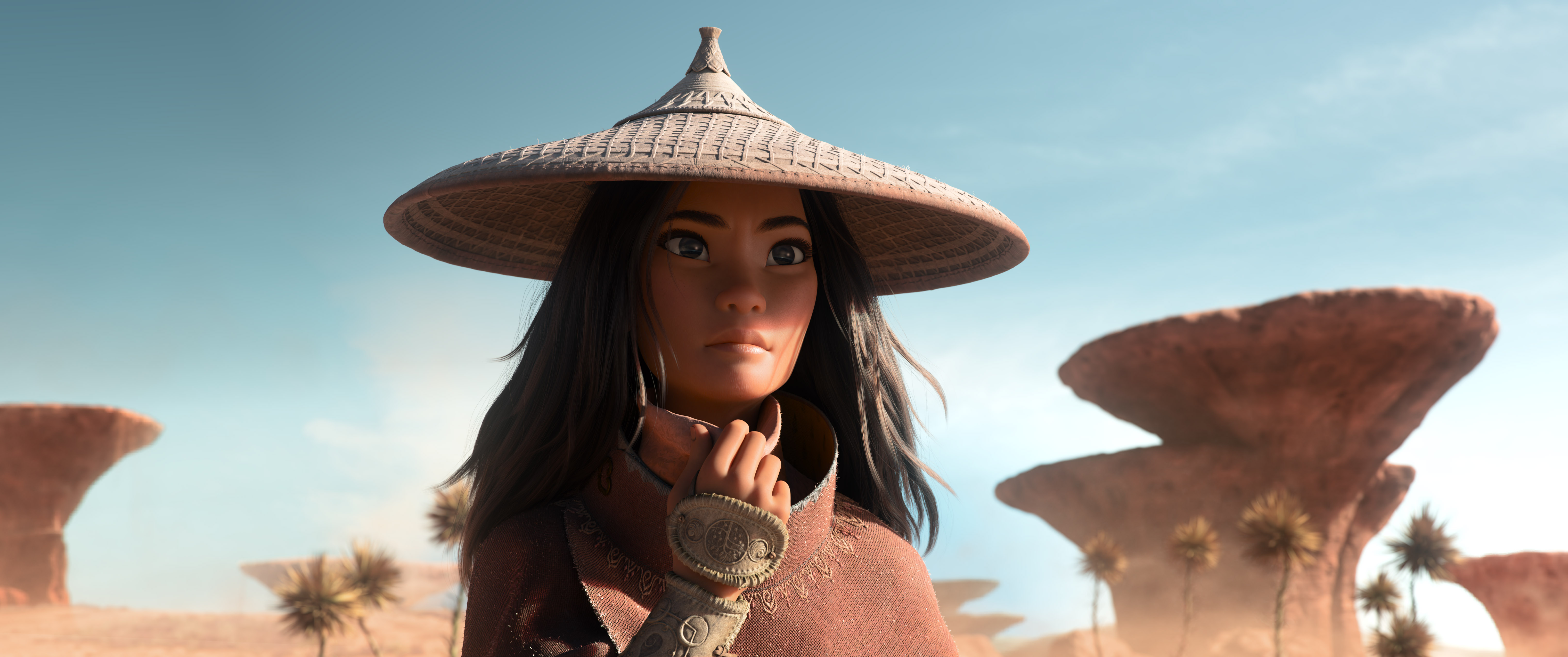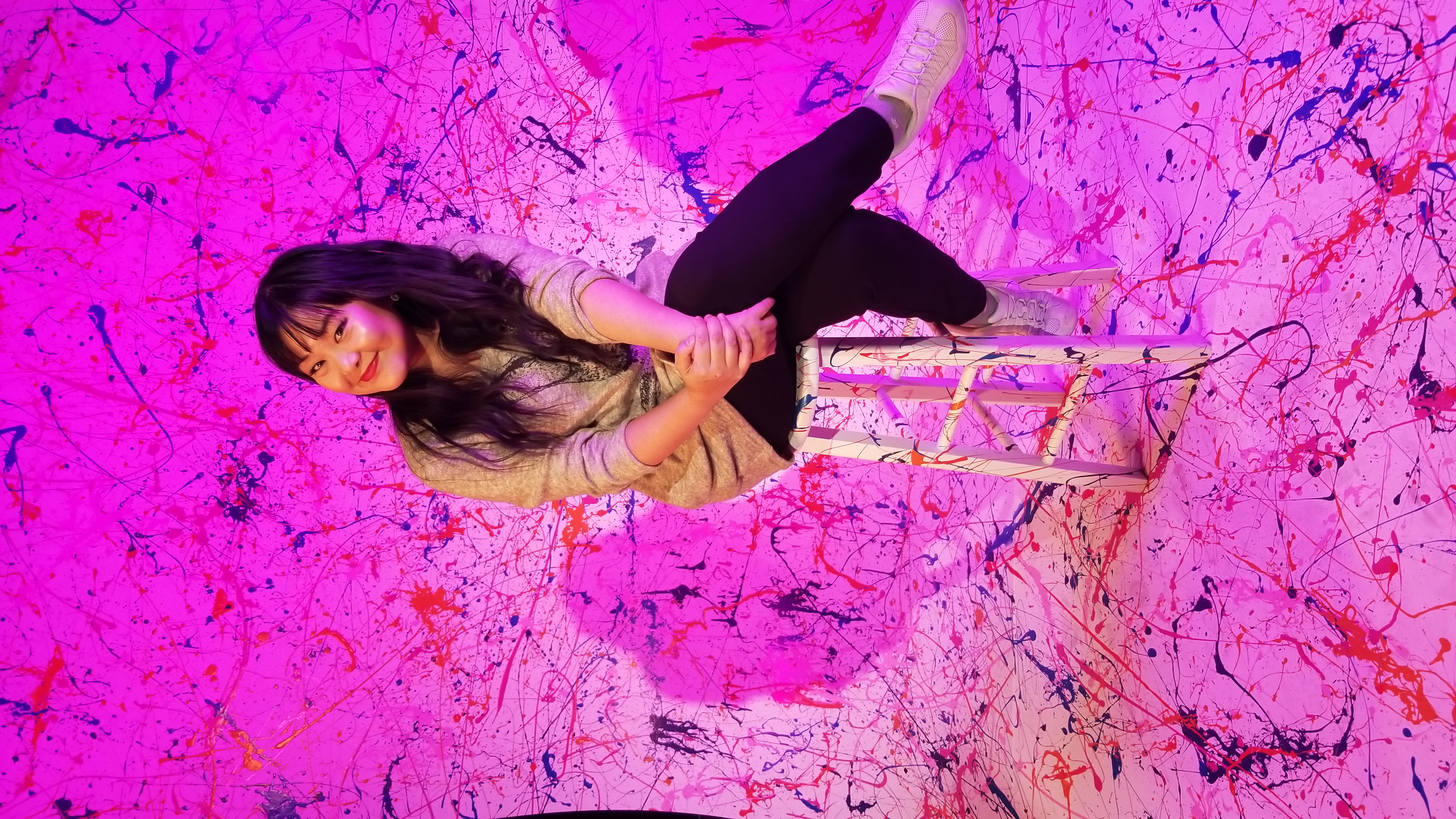What to Watch Verdict
Despite some minor issues, 'Raya and the Last Dragon' thrives in its superb storytelling, brilliant score, and fantastic animation.
Pros
- +
🐉The world that Disney Animation has created is absolutely stunning and realistic.
- +
🐉The message behind the story is heartfelt and leaves with you after the viewing.
Cons
- -
🐉Some of the voice choices can take you out of the story.
It’s not easy being the first major Disney film stalled by the global pandemic, but somehow the cast and the creative team of Raya and the Last Dragon found unique ways to complete the project. From numerous Zoom meetings to makeshift sound booths and a shift in their movie release date, Raya and the Last Dragon was completed in time for a March release. After viewing the film, it’s hard to believe this entire movie was put together remotely because of how beautiful and rich the fictional world of Kumandra ended up being.
Raya and the Last Dragon is based on Southeast Asia and the amalgamation of its traditions and cultures. Similar to the process behind Moana, the studio recruited Southeast Asian artists, experts, and researchers—deemed the “Southeast Asian Story Trust”—to aid in creating the world of Kumandra. Although the film created their own world inspired by parts of Southeast Asia, many Southeast Asians can expect to recognize some aspects of their culture presented through the architecture, costumes, and food.
The film begins with the title character Raya (Kelly Marie Tran) riding alone on her giant pill-bug creature named Tuk Tuk through a desolate desert land. “I know what you’re thinking,” Raya narrates. “A lone rider. A dystopian world. A land that’s gone to waste. How did this world get so broken?”
Through the use of Southeast Asian shadow puppets, Raya introduces the world of Kumandra as once united with dragons as protectors of the people. Everyone lived in harmony until the Druun, an evil entity that drains the energy and life force of all living things and turns them into stone, arrived causing chaos. The dragons fought hard against the Druun, with the last remaining dragons, led by the water dragon Sisu (Awkwafina), putting all their power into one Dragon gem to banish the Druun away. The people who were turned to stone came back, but the dragons did not. Instead of the people being united by the dragons’ sacrifice, the people became divided and formed their own regions within Kumandra: Heart, Fang, Talon, Spine, and Tail.
Five hundred years later, Raya’s father Chief Benja (Daniel Dae Kim), the leader of Heart and the protector of the Dragon gem, wishes to unite the lands together to form Kumandra again. Young Raya attempts to form a bond with the Fang chief’s daughter, Namaari (Gemma Chan), over their love of dragons. Feeling a trusted bond with Namaari, Raya shows her the Dragon gem, but Raya is immediately betrayed by her new friend who attempts to steal it for her own people. The gem ends up being broken, which causes the Druun to return, resulting in chaos and turning Raya’s father into stone. Raya escapes with a piece of the Dragon gem, still filled with power. The rest of the gem is divided by the other lands.
The story begins six years after that day. A now-cynical Raya searches for Sisu (who was said to be sleeping in one of the rivers) to bring back her father. When Raya finds the dragon, she's thrilled to find that humans are still alive. She thinks their continued existence means that the species has managed to defeat the Druun. After Raya reveals the truth to Sisu, they come up with a plan to collect all the gem pieces to finally vanquish them.
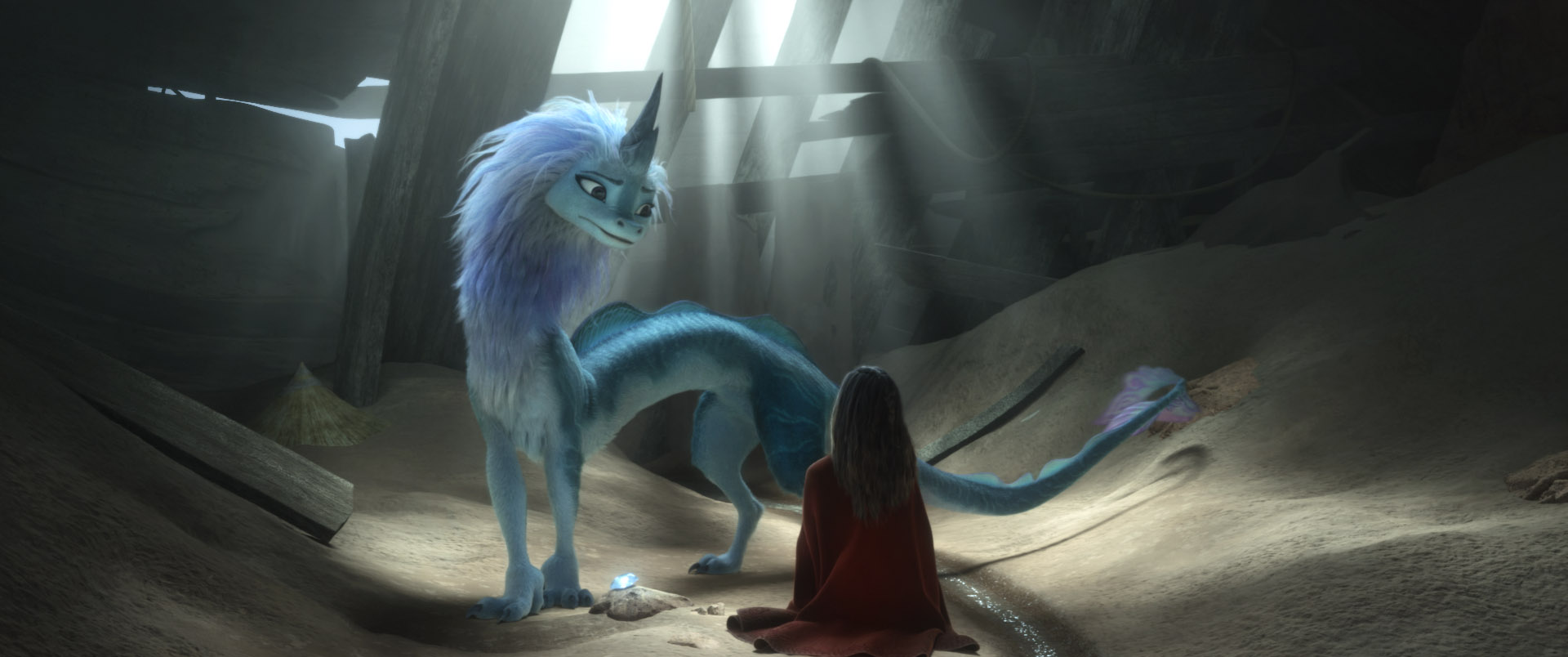
Unlike many of the hopeful princesses of Disney’s past, Raya is full of distrust and is constantly suspicious when interacting with anyone. She continuously reminds Sisu to not trust anyone because the world is just a horrible and selfish place, but the dragon is the complete opposite of Raya. She believes in the good of people and goes out of her way to prove it to her new friend, even when Sisu was stuck in several situations that prove otherwise. Although the trust-related banter between the two does get a bit repetitious, it doesn’t take the viewer out of the story. The film’s entire theme is built around faith in people and Sisu plays a major part in Raya believing in them again.
The latest updates, reviews and unmissable series to watch and more!
Although Raya is a strong warrior with talented sword skills, her greatest strength comes from her relationships in the story. Initially, it seemed like Disney was following the same formula of the heroine, sidekick, and cute animal going on this journey of self-discovery. Instead, the film takes on more characters to aid Raya and Sisu on this quest. They are joined by Boun (Izaac Wang), a young shrimp boat captain from Tail; Noy (Thalia Tran), a con baby working with three ongris from Talon; and Tong (Benedict Wong), a mighty warrior from Spine. Usually, with an ensemble and limited time, additional characters are sidelined, used for comedy relief, or to act as the cheerleaders for the leads. Fortunately, that is not the case for Raya and the Last Dragon. Boun, Noy, and Tong are equally charming and their characters naturally develop further in the story. The film gives little nods to what happened to their families and how their shared loss to the Druun connects them, despite being from opposing regions. Raya’s relationship with her nemesis Namarri also plays a large part in the story. Although Raya’s distrust stems from that betrayal, the film reminds the audience that she is a flawed human being who is doing whatever it takes to ensure the survival of her people in Fang.
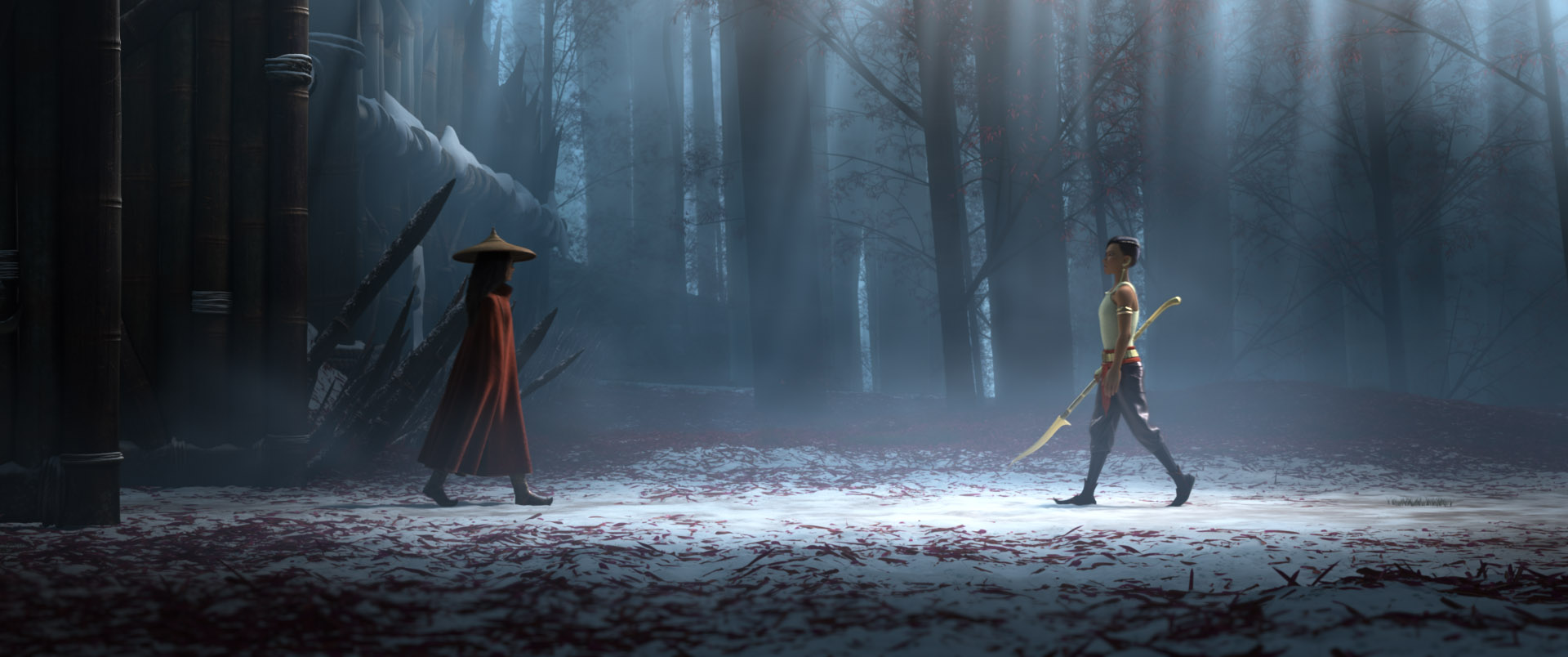
Raya and the Last Dragon's narrative is pushed forward by the masterful score by composer James Newton Howard. It's filled with Southeast Asian instruments such as hand drums, two-stringed lutes, tube zithers, jaw harps, and chimes, but mixed with modern synthesized beats that add to the world-building of Kumandra. The soundtrack also provides haunting harmonic chants throughout the film that change in intensity through each scene. There's a moment when Sisu is running on raindrops in the sky where it's hard to not be transported into the story when the music crescendos along with Sisu’s steps.
The production design of Kumandra plays a major role in the film's success as well. The story is beautifully weaved into the lavish landscapes of Southeast Asia with the colors and textures of its fabrics and foods. There are some moments in the animation where the foods look so realistic, it’s hard to believe they are all computer-generated. Like how Disney has expanded the Frozen universe, the beauty of Kumandra should be explored further in future stories.
Kelly Marie Tran shines as the voice for both young and adult Raya—the former full of hope and the latter filled with bitterness and cynicism. It’s obvious that the passion behind Raya’s words is because of Tran’s connection to the story and culture and that makes Raya feel fully authentic. It also helps to have Raya’s seriousness be balanced with Sisu’s enthusiasm. Awkwafina does what she does best by playing herself. She does a beautiful job portraying this optimistic youthful dragon but also reminds the audiences that she’s thousands of years old and filled with wisdom. The actress, who has been accused of using African-American Vernacular English in previous roles, plays the character with her signature raspy voice and without certain inflections in her dialogue to avoid any potential criticism. Unfortunately, it is Gemma Chan’s portrayal of Namaari that proves the weakest of the cast. Namaari has been trained to be a warrior her whole life and has the mindset of a survivor. She is angry and hardened because that’s how she was raised to be. Chan provides softness to Namaari, which is great for those moments of weakness from the character, but did not give enough edginess and toughness for the rugged conflicted warrior.
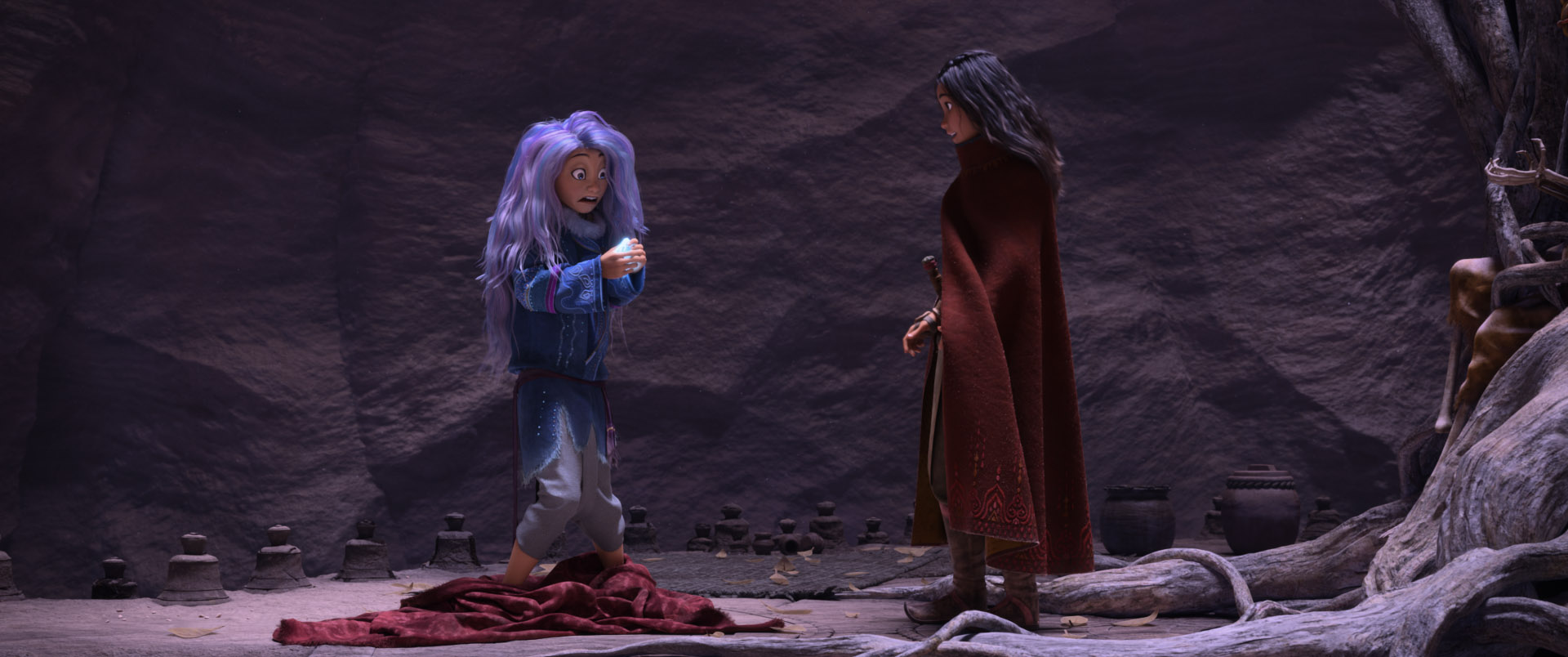
Of course, it’s hard to not address the elephant in the room when it comes to this film celebrating the cornucopia of Southeast Asian culture. The production prides itself on having its two screenwriters—Adele Lim and Qui Nguyen—and Head of Story, Fawn Veerasunthorn, being from Southeast Asian backgrounds. Tran, who is of Vietnamese descent, has been praised for portraying Raya, Disney’s first Southeast Asian princess. It’s unfortunate that the majority of the voice cast consisted of mainly East Asian-descent actors. Several of the East Asian actors have distinct voices that are immediately recognizable, especially from the Asian American community. This does not mean that their performances were bad. It’s just disappointing to be taken out of the story that has been beautifully created to transport you into their world. Another folly from the film’s lack of Southeast Asian talent was when a Southeast Asian accent was necessary for the role. It definitely shows the lack of understanding of the difference in Asian accents during a scene in which an elderly lady speaks in a clearly Chinese accent to our leads.
Still, the film thrives from superb storytelling, brilliant score, and fantastic animation. The homage to Southeast Asia is present everywhere, but one does not need to be Southeast Asian to understand the universal message of how trust can unify people together. The film’s message hits much harder during a time where tensions are high towards the Asian American community. It begs the question, how can you trust anyone when the world is broken? Raya reiterates this sentiment throughout the film and learns that in order to truly fix things, they must come together and trust each other. Sure, it seems like an easy answer to a difficult question, but like Sisu says in the film, “It may feel impossible, but sometimes, you just have to take the first step.”
Raya and the Last Dragon premieres on March 5th on Disney+ Premier Access.
- Everything you need to know about Disney+
- The best Disney+ movies
- All about the Disney+ Premier Access program
- Disney+ price: What it costs where you live
Laura Sirikul is a freelance writer, researcher, and managing editor of The Nerds of Color. Throughout her career, she has written for Nerd Reactor, What To Watch, Nerdist, IGN, Movie View Magazine, Red Carpet Report, Mental Floss, Trek News, The Hollywood Reporter, Character Media, Bitch Media, and many other outlets. She has been on NPR's Pop Culture Happy Hour, Nerdist's Fangirls, and many other news shows. For almost ten years, she has covered film and television extensively along with in-depth interviews with major studios such as Disney, WB, and FOX. She is also a member of the Asian American Journalist Association and the Hollywood Critics Association. Apart from addressing topics covering film and television, Laura is a strong advocate for social awareness for the underrepresented in the entertainment industry.
